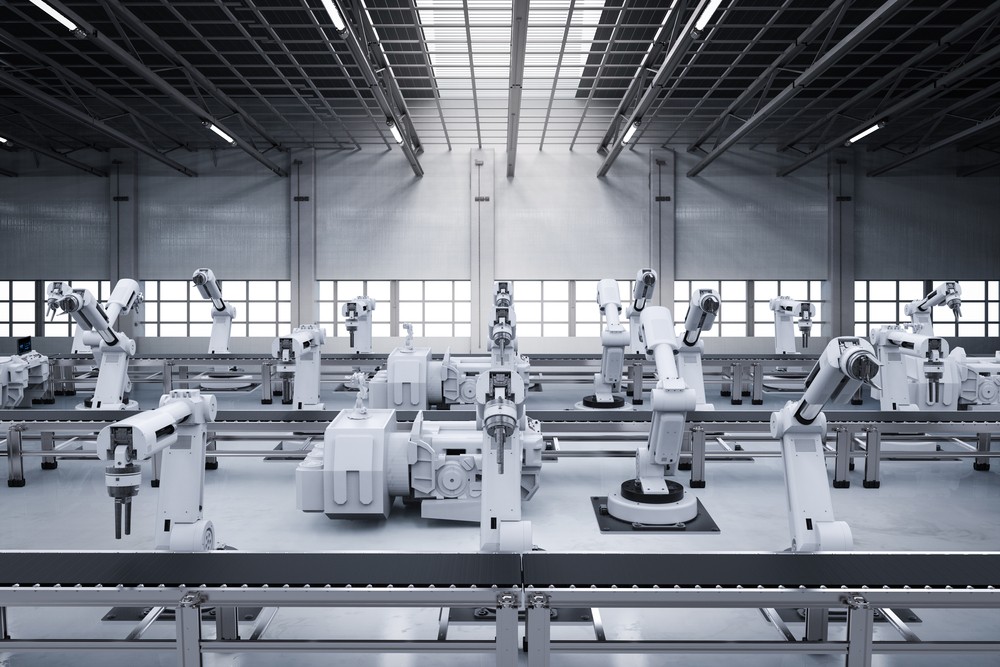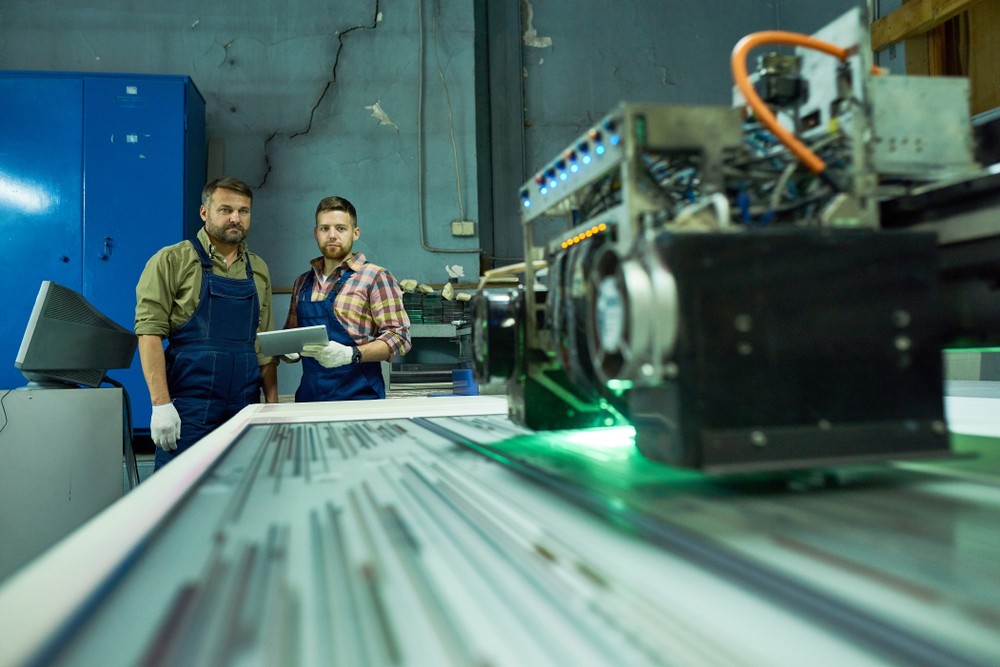Smart Alerts Could Pave the Way to Dark Factories

Factories that operate themselves may seem to be futuristic concepts, but the technology is actually much more prevalent than you might think. Today, smart alerts are providing industrial companies with the opportunity to monitor and interact with manufacturing equipment remotely. Manufacturing equipment already runs itself. Now, with smart alerts, potential equipment failures are preemptively communicated.
This situation suggests the question: Do factories need human intervention? While not autonomous yet, it’s not unthinkable to believe we’ll see a factory that runs itself by the close of the decade. In the same way restaurants have evolved into ghost kitchens, manufacturing plants have begun the slow trend toward dark factories.
What’s a dark factory?
A dark factory is a fully automated factory. This means that every aspect of the production process runs without human intervention. In short, a dark factory is a factory that operates on its own, without humans physically present. For example, consider robotics that can repair themselves or each other when sensors indicate a problem. A dark factory will stay operational with minimal (if any) input from people. This isn’t to say that people are irrelevant — it’s just that human tasks aren’t vital to keep the value stream running.

How do smart alerts work?
The Industrial Internet of Things (IIoT) and smart alerts are what make the prospect of dark factories viable. Smart alerts rely on the IIoT and machine learning, in collaboration with mobile notification software, to process data and convey alerts to machines and people. For example:
There’s a bottleneck in the value stream and Machine C is processing half of the units it should be per hour. This triggers an alert to Machine B, which is processing too fast. Machine B and Machine C interface to control the flow of the value stream, until it reaches equilibrium and optimal efficiency. The bottleneck gets resolved without any human intervention.
There’s a world of opportunities out there for smart alerts. Programmed and integrated correctly, some of the biggest smart alert features include:
- Push notifications — Allow employees to easily view alerts off-site, away from the floor
- Protocol assessment — Allows employees to see triggers and their responses to a problem
- Streaming data — Lets employees see the affiliated data and information associated with the problem
- Engaged equipment — Provides insight into what equipment or assets have been affected by the issue
- Digital twin integration — Gives a top-down view of the situation and the response
All these features facilitate solutions without the need for human intervention. Employees can and should monitor problems, but smart alerts and proper integrations make it possible for artificial intelligence (AI) and automations to resolve them.

Alerts pushed to the cloud are the future
What’s the appeal of a dark factory? Won’t it affect jobs? While valid questions, dark factories present themselves as the solution to an already-present problem — one due to get worse.
In the coming years, an entire generation of knowledgeable manufacturing employees will retire. With such a large body of employees retiring, manufacturing companies need to prepare for both restaffing factories and preserving current employee knowledge and expertise. At the same time, the majority of manufacturing companies are facing an employee deficit. Based on industry trends, we may never fill this deficit. The solution? Machines that operate themselves and call for help when they need it.
As manufacturing companies consider methods to staff factories, minimize operational costs, and work more efficiently, one common theme continuously shows up: smart technology. Smart technology is paving the way for machines to run themselves in factories, while also alerting expert personnel when necessary.
If, in the next decade, the majority of factories aren’t already dark, the integration of smart alerts will surely take them there.